Resolution
A common opinion in photography is, that the pixel count of a sensor is identical to the resolution. In most cases resolution is mentioned, when the discussion is about pixel count.
The difference between pixel count and resolution I would like to demonstrate in an easy example. Let’s say we would like to reproduce the following object.

In case pixels are relatively big, the reproduction of the object in only rough (image 1), in case you reduce pixel size the reproduction becomes better (image 2) and if you reduce the pixel size even further the reproduction of the form is nearly perfect (image 3). In this case, the resolution is high enough for the given object.
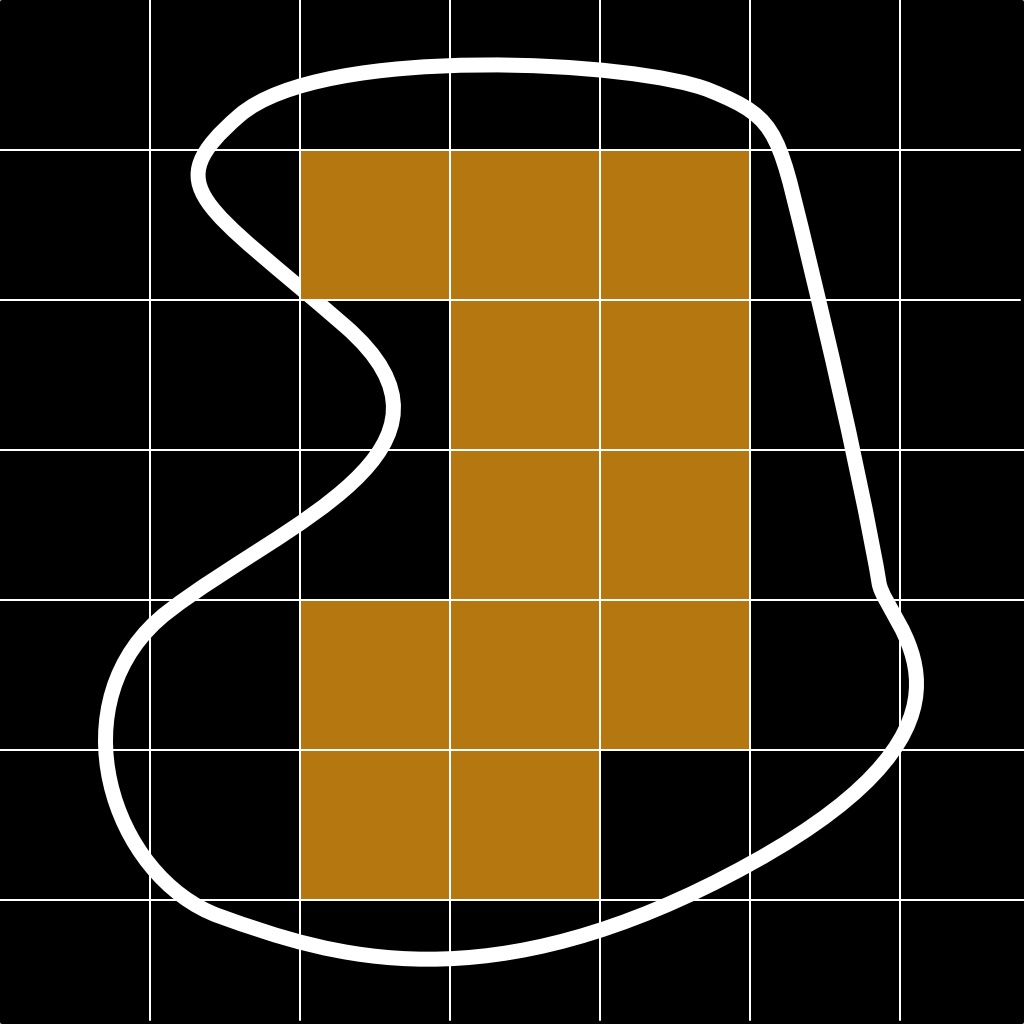
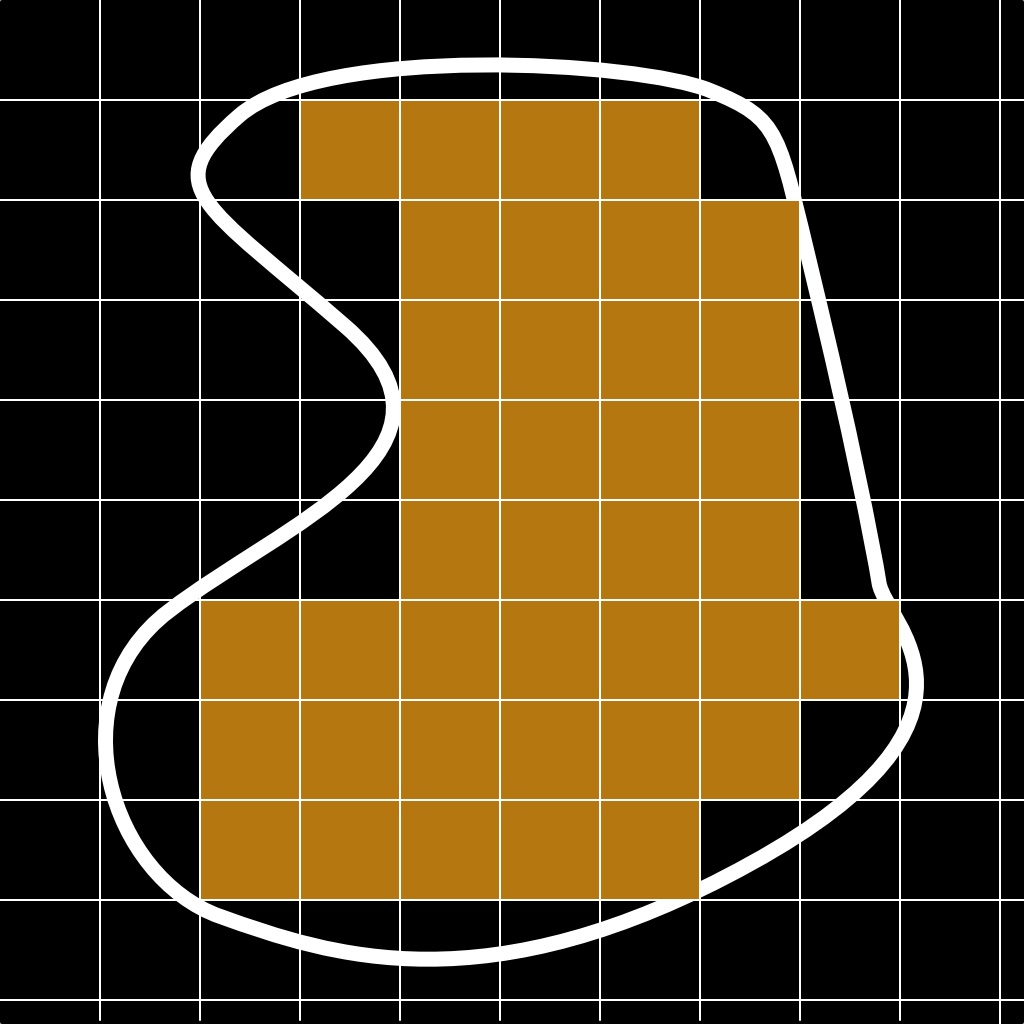
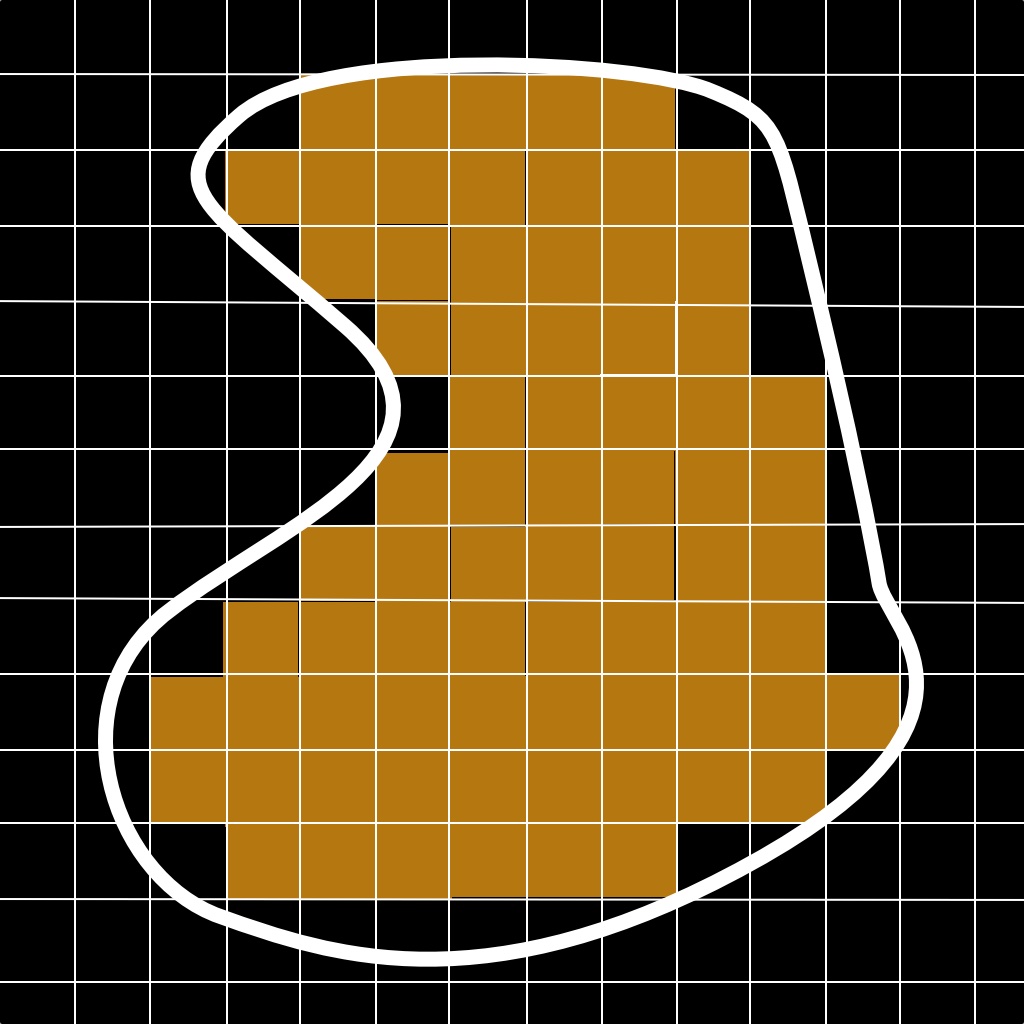
The pixel count of a sensor is not relevant, but the pixel size. As shown above, in case the pixel size becomes smaller, the noise performance of the system becomes worse. At the end of the day, it is always a trade-off, whether the resolution should be increased or the noise performance becomes worse due to a higher pixel density. In the above mention example, the Sony A6000 has a higher resolution than the Sony A7II.
Depth of field
A lot of photographers are looking for a system that offers a shallow depth of field, which enables them to separate the object from the background. This helps to concentrate the mind of the observer on the important areas of an image. The opinion, that the depth of field effect is linked to the sensor size is quite common. This is underlined by many reports and tests, which shows with a comparison of different cameras, that bigger sensors leading to a more shallow depth of field. What is the reason for those results?
To get to the bottom of it all, I took the Sony Alpha 6000 and the A7 II again. Except for the camera used, all factors such as distance, aperture, exposure time, and lens focal length were left the same.
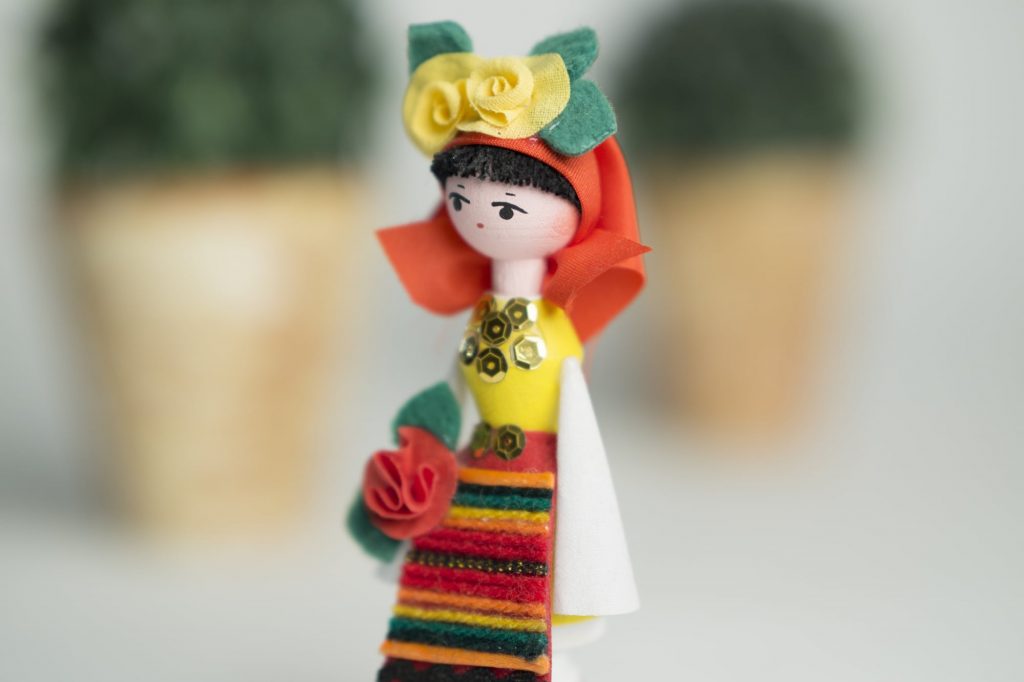
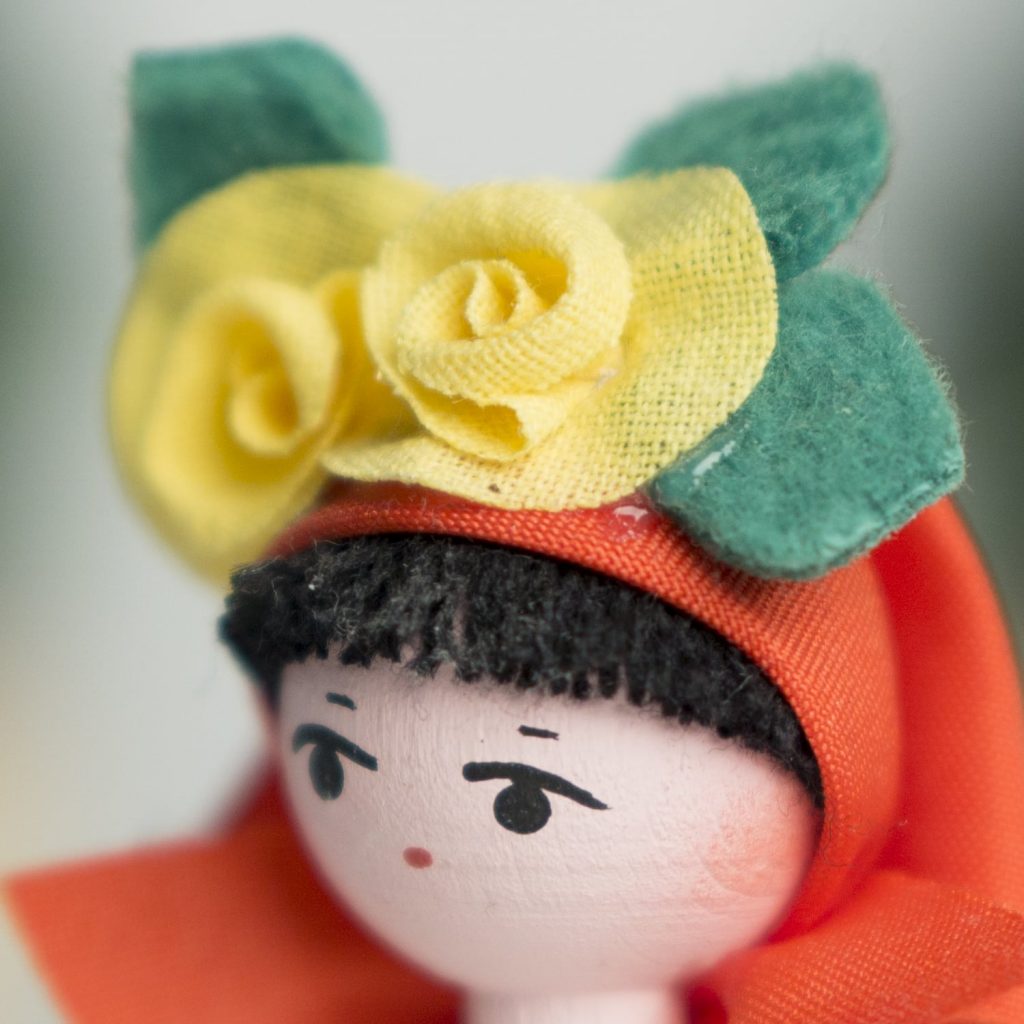
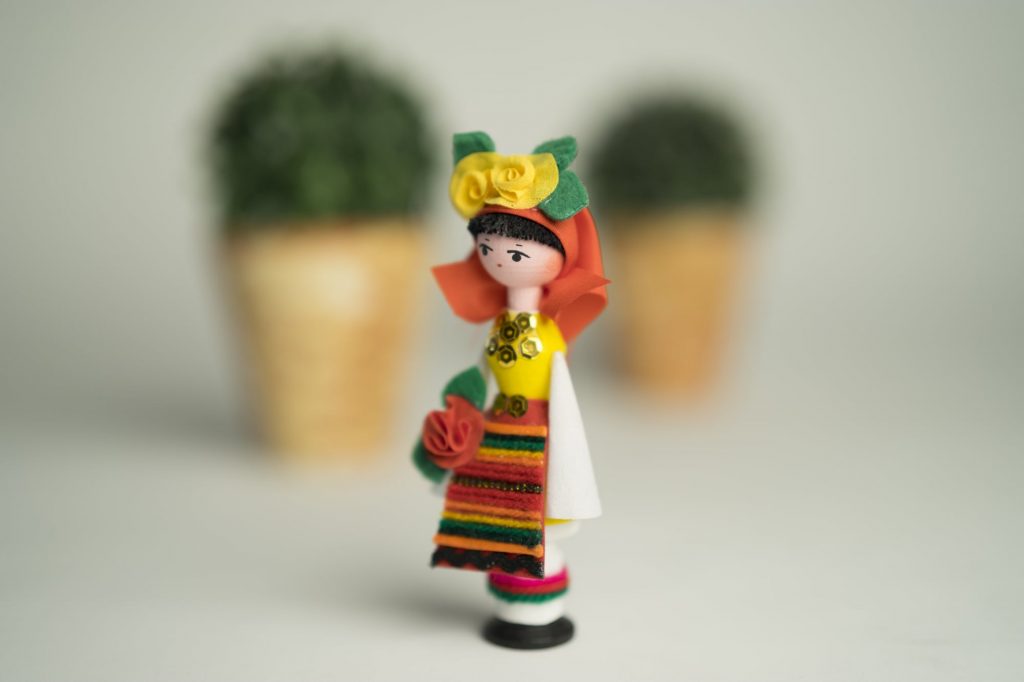
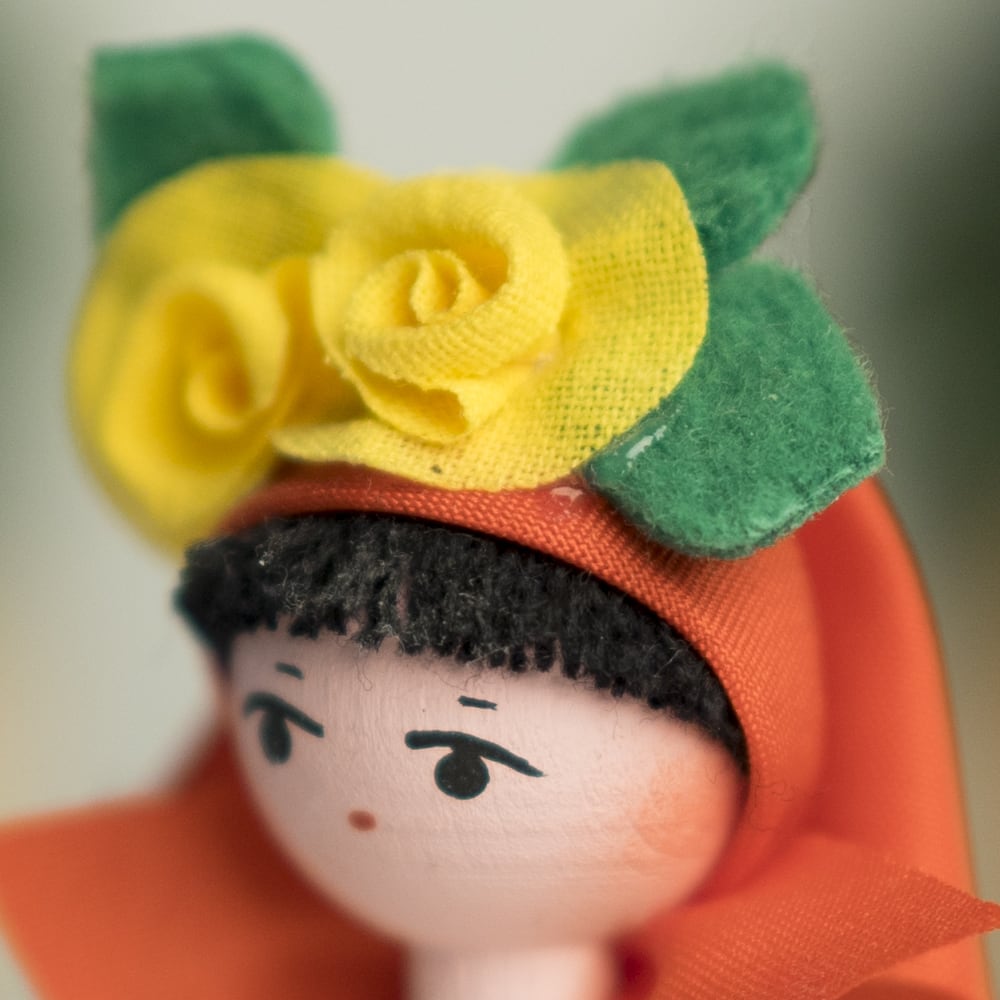
Comparing the results, the hairs and headdress show, that the depth of field of both cameras is identical. Quick reminder, besides the sensor size, everything has been identical. The experiment shows, that sensor size does not influence the depth of field at all.
But what is the reason then, that most of the testers are getting the result that the depth of field of a 35mm format camera is smaller than a smaller sensor?
Having a closer look at the comparisons, you will recognize that those comparisons try to make an identical image, which means that for the smaller sensor a shorter focal length has to be used. Looking at those results ( two factors, focal length, and sensor size have been changed), it looks like follows.
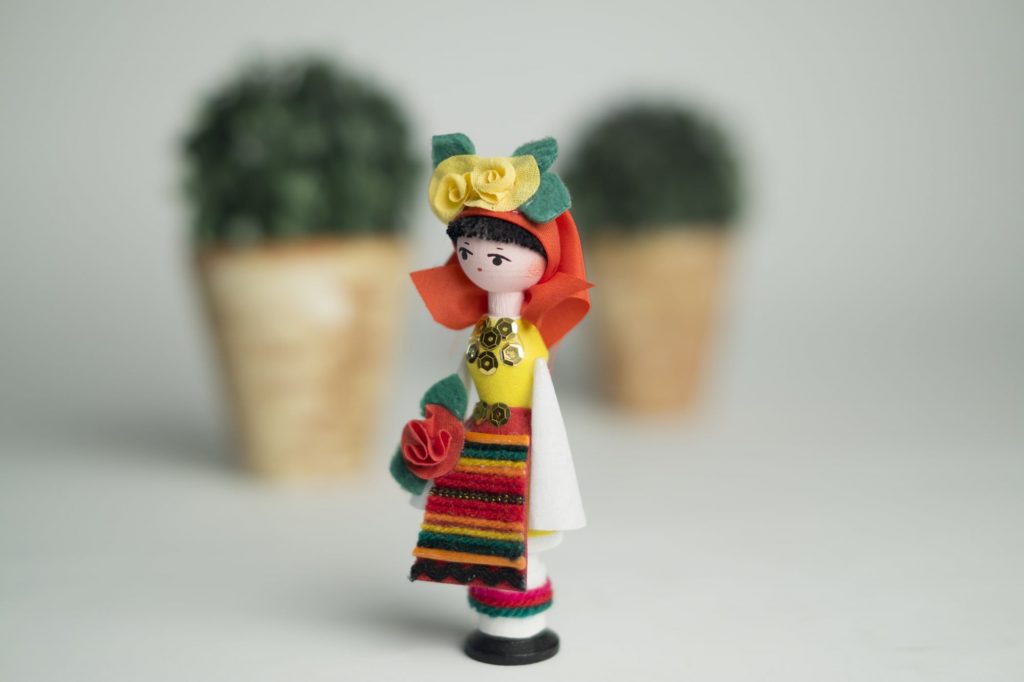
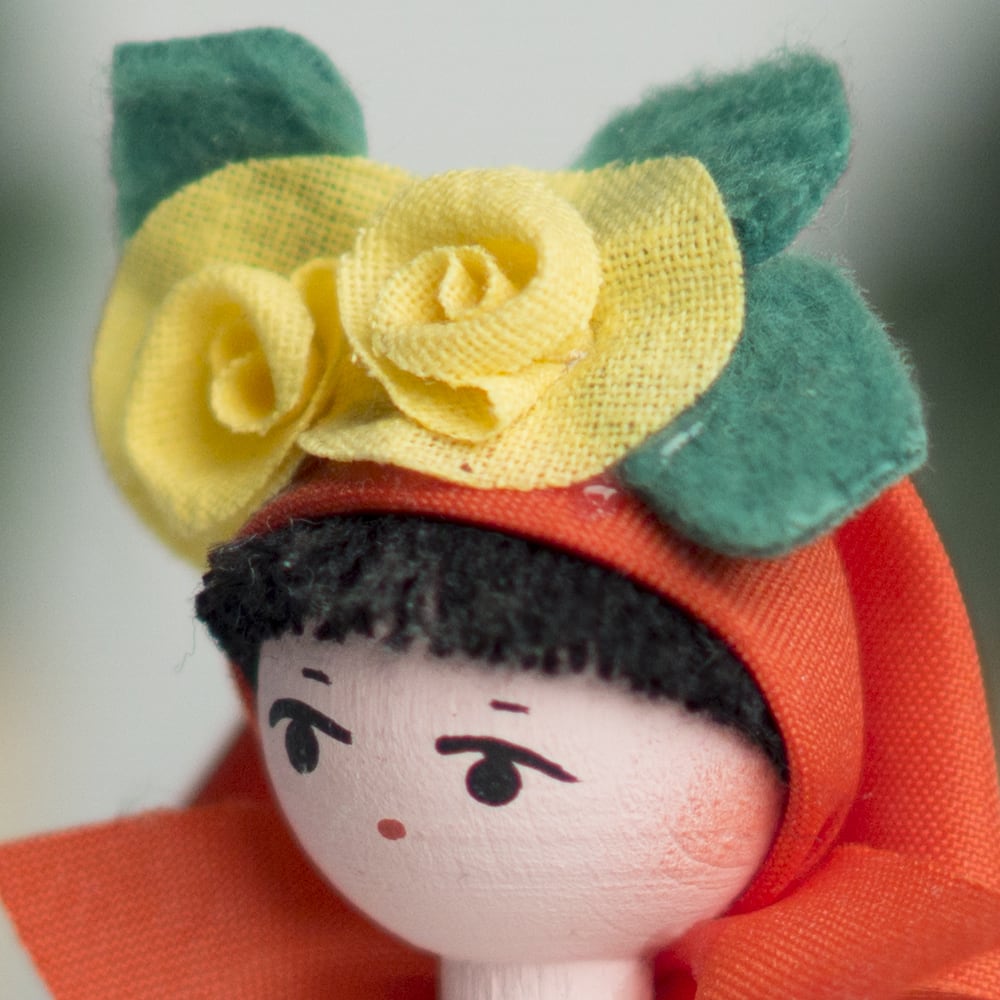


The image taken with the smaller sensor and shorter focal length has a bigger depth of field. The focal length is the crucial factor for the depth of field. Only in case, you would like to make an identical image with both systems the bigger sensor has an advantage. For me, the question is, why creative photographers are looking to shoot identical images, instead of using the creative possibilities of each format.



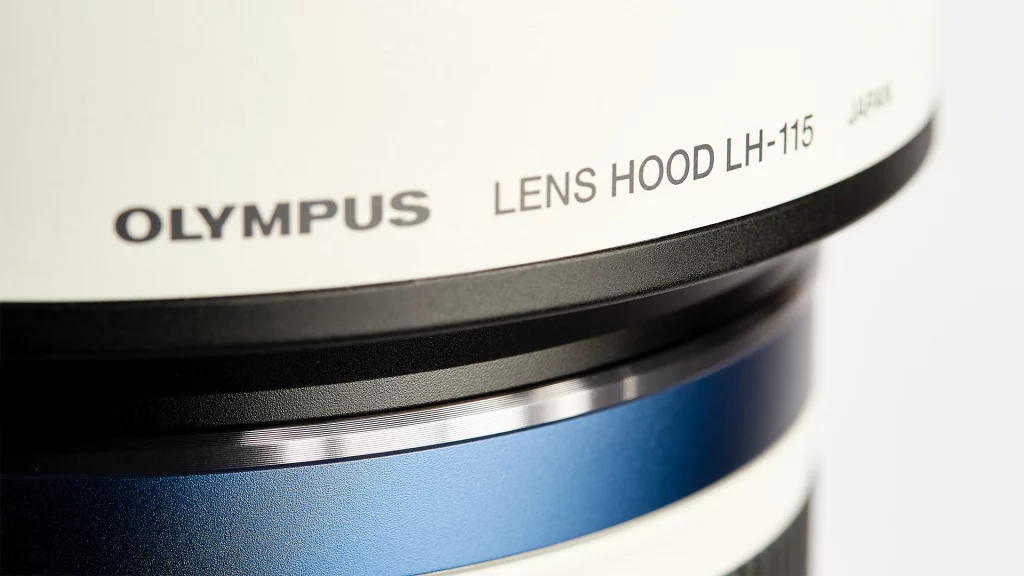
Pingback: Why it doesn’t makes sense to define 35mm format as standard. – Michael Guthmann